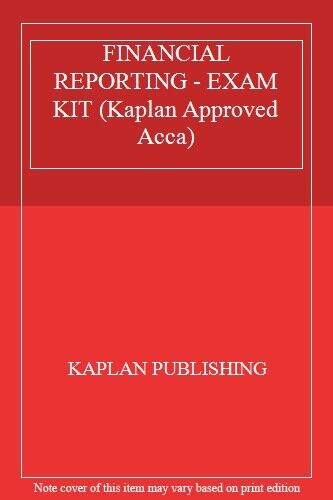Question
National Savings as it stands today is one of the primeval institutions in the country with a legacy of more than 140 years. It has
National Savings as it stands today is one of the primeval institutions in the country with a legacy of more than 140 years. It has the powers to formulate policies and execute various National Savings Schemes (NSS). So far, it has not only remained successful in promoting financial savings in the economy but has also generated requisite funds for the Government to finance the budgetary deficit and infrastructure projects. As a custodian of the nations savings, today the National Savings is the largest investment and financial institution in Pakistan with a portfolio of over Rs. 3.4 trillion and more than 7 million valued investors are being served through a large network of 376 branches nationwide controlled by 12 Regional Directorates of National Savings (RDNS) and 4 Zones. Following is the information of two national saving products: Regular Income Certificates (RICs) Keeping in view the monthly requirements of the general public, the Regular Income Certificates (RICs) with a maturity period of five years were launched on February 2, 1993. RICs are available in the denominations (par values) of: 50,000/-, Rs. 100,000/-, Rs. 500,000/-, Rs. 1,000,000/-, Rs.5,000,000/-, Rs.10,000,000/. Profit is paid on monthly basis started from the date of issue of certificates. RIC can be encashed any time after issuance by the investor subject to the deduction of service charges. If enchased before completion of 1, 2, 3 and 4 years from the date of issue: then 2 %,1.50%, 1%, and 0.50% service charges of the face value shall be deducted. There will no service charges after the completion of 4 years. Historical Rates Remained Applicable on Regular Income Certificates: From To Coupon Rate (% per year) 01-Jan-19 30-June-19 12.00% 01-July-19 31-Oct-19 12.96% 01-Nov-19 31-Dec-19 10.92% 01-Jan-20 23-Apr-20 10.56% 24-Apr-20 Till Date 8.28% Special Savings Certificates (SSCs) SSCs with a (maturity period of three years) was launched on February 4, 1990 that offers a unique investment opportunity for small and medium savers to meet their periodic financial needs. SSCs are available in the denomination of 500/-, Rs.1000/-, Rs. 5,000/-, Rs. 10,000/-, Rs. 50,000/-, Rs. 100,000/-, Rs. 500,000/-, Rs. 1,000,000/- Profit is payable on the completion of each period of six months. SSCs is encashable by the investor at par any time after the date of purchase. However, no profit is payable if the encashment is made before completion of six months and no service charges shall be deducted for the encashment of these certificates. Historical Rates Remained Applicable on Special Saving Certificates: From To Coupon Rate (% per year) 01-Jan-19 30-June-19 11.40% 01-July-19 31-Oct-19 12.70% 01-Nov-19 23-Apr-20 11.00% 24-Apr-20 Till Date 8.60% The bonds can be purchased by depositing cash at the Issuing Office or by presenting a cheque/ draft/ pay-order. The Certificate shall be issued immediately against the cash payment. However, in case of deposit through cheque/ draft/ pay-order, the Certificate shall be issued with effect from the date of realization of the cheque/ draft/ pay-order after receiving the clearance advice. 1. Assuming that you are have 200,000 to invest and you will invest 50% in RIC and 50% in SSC and you plan to purchase only two bonds, which par value bonds will you purchase? (1 mark) 2. You purchased the bonds on 1st April 2019 and the bonds are issued at par value, calculate the yield to maturity (YTM) of both bonds? (hint: the bonds market price is the par value) (2 marks) 3. Calculate the bond values 1 year after the issue on 1st April 2020, assuming that YTM is not constant and all new bonds are being issued at par. (5 marks) 4. Justify the bond values calculated in the previous part? (2 marks) 5. If the investor decided to encash both bonds after completion of the second year. What will be their cash flows? (2 marks) 6. Evaluate the relevance of the three types of risk for both bonds. (5 marks)
Step by Step Solution
There are 3 Steps involved in it
Step: 1

Get Instant Access to Expert-Tailored Solutions
See step-by-step solutions with expert insights and AI powered tools for academic success
Step: 2

Step: 3

Ace Your Homework with AI
Get the answers you need in no time with our AI-driven, step-by-step assistance
Get Started


